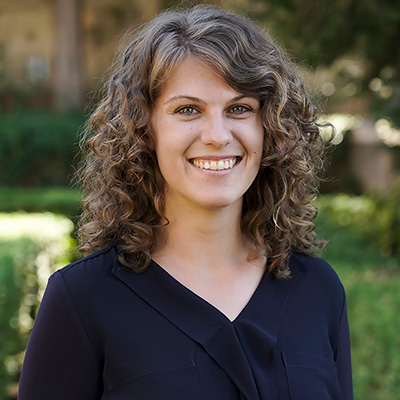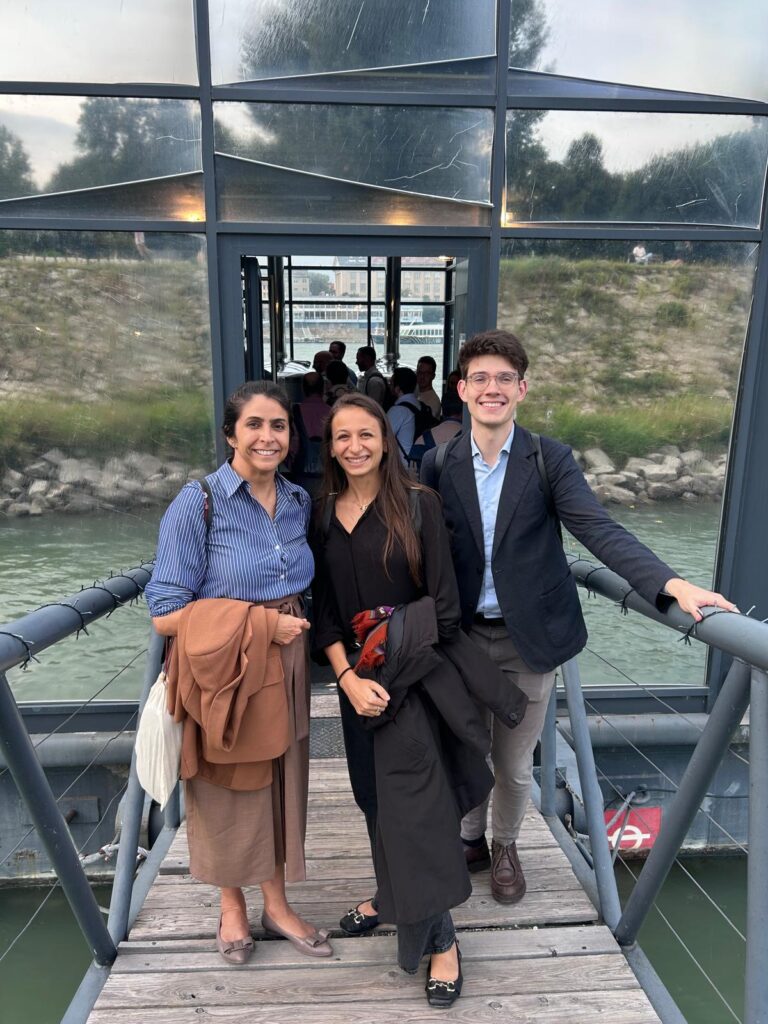Why we need community, culture and consensus to reach interoperability
Highlights from the online debate: Facilitating interoperability of energy services in Europe
On 1 July 2020, the Florence School of Regulation organised an online debate on how to facilitate the interoperability of energy services in Europe.
Community, culture, and consensus
The online debate focused on lessons learned from existing experiences with interoperability
Interoperability is really about consensus. You can have the best IT solution in the world – without consensus among stakeholders, it is very likely to fail.
After an academic introduction to the topic by Valerie Reif (FSR Research Associate), an expert panel was moderated by Leonardo Meeus (FSR Part-time Professor). Olivier Aine (Standardisation and Interoperability Manager at ENTSO-E), Luís Vale Cunha (Director for European Affairs and Future Networks at EDPD), Jeremy J. Roberts (General Manager & Executive Director of The Green Button Alliance) and Stefan Sauermann (Program Director Medical Engineering & eHealth at UAS Technikum Wien) shared their experiences with interoperability and discussed the challenge that lies ahead of us.
Learn more about the background to the debate by reading the FSR research bite on the topic: Interoperability of energy services in Europe – what’s behind it?
Watch the recording:
Main takeaways
A few takeaways from the debate are summarised below:
The road to interoperability is bumpy.
To dampen some bumps along the way, we can learn from other sectors and experiences as well as from our own experience with consumer data. The experiences of all three initiatives featured in this debate show that the road to success is not straightforward.
Green Button decided at a certain point to release a new version of its standard that, instead of wanting to cover many things at the same time, is more focused on solving specific issues very well.
ENTSO-E went through some standardisation activities before being able to conclude that one major factor of success is to link standardisation to a real-world IT implementation project.
In healthcare, it took a while to find out how to tackle the sheer scope of the interoperability challenge that reaches from legal requirements to message content to transfer protocols to security requirements and from profile development to testing, to deployment etc.
While we can learn from these initiatives, we should not forget that DSOs and suppliers in Europe have been dealing with consumer data for at least 20 years, starting with commercial and industrial customers, later small and medium enterprises and today also low-voltage customers and end-consumers.
We do not want to scare anybody off by asking them to change overnight.
We need to make use of what is already out there as much efforts have already been made by the Member States in Europe. Currently, different models for data management (centralised vs. decentralised) exist across the Member States and different standards are being used. Standardisation is indeed an important aspect when it comes to the management and exchange of consumer data. However, we do not want to scare people by insinuating that they must change their business processes and IT systems overnight. We do not necessarily want to re-invent the wheel and create new standards, but we want to use what already exists in a way that fits a certain use case. We need a target standard to which the industry will evolve little by little. The solution that ultimately evolves should be strict enough to ensure a common vision and language but flexible enough to account for different needs across the Member States.
Three main pillars for future efforts emerged from the debate:
- Community spirit. During the more than 20-year long journey towards healthcare interoperability, the sector has been able to establish a community that is based on a common effort by vendors and users of medical devices and that is nurtured by, inter alia, regular and international interoperability testing events. Healthcare and energy generally have a lot in common (e.g., security and safety requirements, timing issues, strong regulatory requirements, existing B2B communication and increasing move towards B2C communication), so hope is there that, in energy, we will succeed in forming a similar community spirit.
- Culture of data sharing. Data needs are not unidirectional in today’s interconnected electricity systems; it is not only the consumers or the market parties who need data from the entity responsible for data management (be it the DSO, the TSO or a third party) but also the system operators who need data to efficiently and cost-effectively operate their networks. We need to establish a culture of sharing data. Also, adopting a cross-sectoral perspective will become increasingly important.
- Consensus. Interoperability is really about consensus. You can have the best IT solution in the world – without consensus among stakeholders, it is very likely to fail.
We need to talk business. And we need to talk governance.
Healthcare experience has shown that the legal/regulatory/business layers need to be better linked with the technical layers. If they are not well-aligned, you run the risk of doing all the work on the technical layer while you cannot be sure that you are going to have a business case in the next 3-5 years. There is a need to define business (use) cases based on clear policy goals and with the aim to serve the specific needs of real customers.
Also, we need to agree on a strategy and on a timeline for milestones before we can start to find ways for organising the associated processes. Applying sort of a carrot-and-stick principle can prove useful. We need a central place for all the efforts to align, to bring all relevant stakeholders together, and to reach consensus. Involved stakeholders may differ based on the different interoperability targets (e.g., the business processes on the one hand, and the semantic and syntactic models on the other hand).
The final wisdom we can take from the healthcare domain is the following. It helps to specify how to start the work and what the size of the problem should be that we want to tackle during a pre-defined and limited period. In healthcare, a yearly cycle has evolved that starts with the identification of a problem and its analysis before the stakeholders move to the definition of a limited number of projects with a reasonable size to address the problem at hand within one year.






